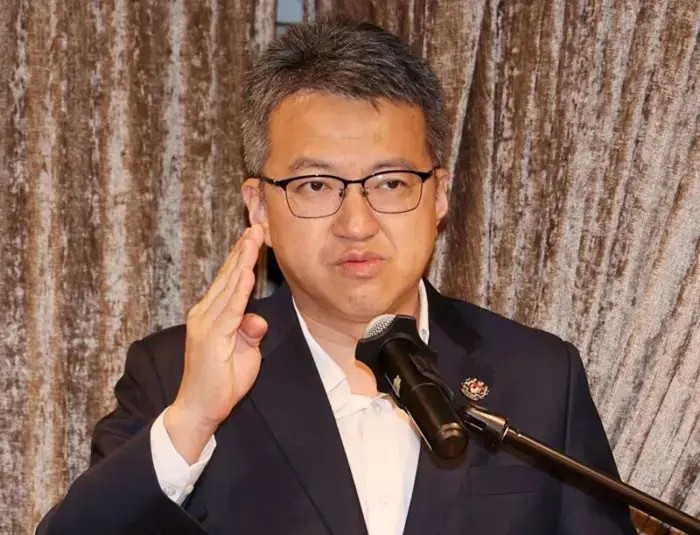
KUALA LUMPUR: Malaysia must emerge as an innovator of technology if the country intends to become a high-income nation by 2028, says Investment, Trade and Industry Deputy Minister Liew Chin Tong.
“We need to do a lot more than just investment. Investment is important but the infusion of technology is also important.
“We need to move up the technological ladder to become a technology-based society rather than just serve foreign direct investment (FDI),” he said at a panel discussion organised by the World Bank.
The panel discussion titled “Economic Growth in Middle-Income Countries: How can Countries Escape the Middle-Income Trap?”.
According to the World Bank, economies are categorised based on their gross national income (GNI) per capita. Low-income economies have a GNI per capita of US$1,135 or less.
Lower middle-income economies fall within the range of US$1,136 to US$4,465, while upper middle-income economies range from US$4,466 to US$13,845.
High-income nations are classified as those with a GNI per capita of US$13,846 or more.
Liew said it is not difficult for the country to achieve high-income status as defined by the World Bank as the ringgit’s appreciation against the US dollar alone could help Malaysia meet the required threshold of about US$15,000. In fact, the minister said, the nation is almost there.
“However, it is not so much of just hitting a numerical target. It is about the economy becoming a dynamic, vibrant and technologically advanced one. This means our economy is just not a follower but a trend setter.
“We are still dealing with the same question today that we had in 1994: Can Malaysia become like South Korea or Taiwan in terms of technology?
“Today, China has leapfrogged in terms of technology and they are also an innovator. We have to be an innovator but in order to be one, we need to infuse technology with the adoption of technology across the board as well as investment,” he said.
Liew said he is confident that Malaysia can come out of the middle-income trap through the policies launched under the Madani Economy framework.
“Generally, we want to see a second economic takeoff in the country. Malaysia had experienced its first economic takeoff between 1988 and 1997 but we have been stuck at that level for the longest time. This is the time where we hope there can be a second economic takeoff.
“Under Prime Minister Datuk Seri Anwar Ibrahim, for the first time in many years, there is a clear economic policy framework.
“With the National Energy Transition Roadmap, the New Industrial Master Plan 2030 and the National Semiconductor Strategy, all these policy frameworks will guide Malaysia to undergo green transition and technological upgrade,” he said.
Meanwhile, World Bank lead economist Apurva Sanghi said Malaysia is expected to become a high-income nation by 2028 to 2029.
“One of the factors that determines the high-income threshold for Malaysia is the ringgit-US dollar exchange rate. Had the ringgit maintained an exchange rate of RM4.00 to a dollar in 2020, it would have achieved high-income status today,” he said.
Apurva also noted that Argentina, Cuba and Venezuela were examples of countries that used to be high-income nations but have now become middle-income countries.
“To avoid this, a country cannot drop the ball on the macro and fiscal aspects, especially if it has commodities.
“Moreover, countries need to upgrade via the V.I.P. acronym. ‘V’ stands for ‘vulnerable’ so countries need to protect their vulnerable groups; ‘I’ is ‘investment, infusion, innovation’, and ‘P’ is for ‘productivity’. Doing this will reduce the rate of reversal,” he said.
Source: https://www.nst.com.my/business/economy/2024/06/1062249/malaysias-asean-chair-success-hinges-private-sectors-robust-support

